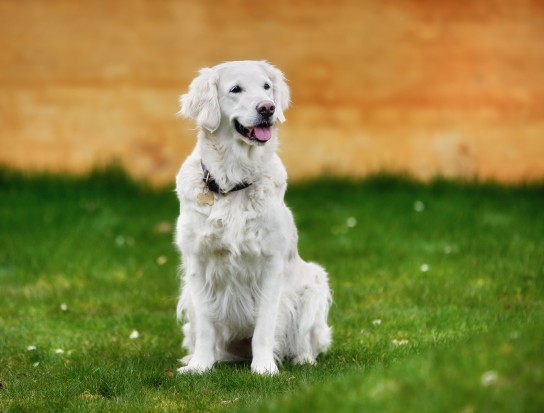

Prostate problems are something that we usually associate with people, but medical conditions relating to the prostate can also affect other mammals, including ferrets, rats and dogs. Issues of this type are restricted to un-neutered dogs, and can present themselves in a variety of ways, some of which can prove painful or present problems with going to the toilet.
If you own an un-neutered male dog, it is important to be aware of the signs of problems with the prostate, particularly as your dog ages. Read on to learn more.
The term “prostate” refers to all things related to the prostate gland, which is responsible for reproduction, sperm production and the health of the sperm cells. The prostate gland in its turn depends on the production of testosterone by the testes, and without testosterone production, the prostate gland itself shrinks away and almost disappears. As neutered male dogs do not have their testes and so do not produce testosterone, the prostate gland becomes inactive after neutering, which in turn, prevents problems from occurring with the prostate later on.
Neutering your male dog removes the testes, which in turn causes the prostate to become inactive and as mentioned, removes both the possibility of prostate problems, and also other conditions related to the reproductive system. If you are not intending to breed from your dog, neutering them is highly recommended, due to the health benefits and prevention of later complications that this provides.
Benign prostatic hyperplasia or BPH is a veterinary condition that can affect un-neutered dogs as they age. It is caused by a gradual enlargement of the prostate gland due to the continual production of the testosterone that supports prostate function, leading to enlargement of the prostate up to a point that it begins to cause other problems. Problems will only begin to occur if the prostate begins to press against the other internal organs of the dog, leading to pressure, potential pain, increased frequency of urination, and discomfort when urinating.
While malignant prostate cancer can be another potential complication of an enlarged prostate, this is much rarer in dogs, and generally, prostate problems do not turn malignant in dogs with the same rate of frequency that they do with people.
When the prostate of the dog becomes large enough to start putting pressure on the dog’s other organs, it will usually become apparent to the owner that something is not quite right.
Issues with going to the toilet commonly accompany an enlarged prostate or other prostate problems in dogs, such as difficulty passing urine, increased need to urinate, or blood passed with the urine too. Straining to pass faeces or passing thin, ribbon-like faeces is another indication. Any pain or apparent discomfort going to the toilet, such as straining, yelps of pain, unnatural posture or apparent difficulty going to the toilet should all be considered carefully in the un-neutered dog, so it is important to be aware of them.
Sometimes, lameness of the rear legs or pain around the spine and tail may indicate prostate problems too, but by this stage, the condition is usually very pronounced.
An enlarged prostate can be diagnosed either by means of a simple blood test, or by physical inspection of the prostate gland by feeling for signs of enlargement.
Once your vet has identified a problem, they may wish to perform further tests to find out how pronounced the degree of enlargement is and if there are any complications, but often, the condition will be treated as a result of the physical examination and blood tests only.
One of the simplest ways to treat prostate problems in the dog, and the method that was traditionally used to cure the problem involves simply neutering the dog, as this stops testosterone production, leading to the prostate to shrink back to normal size and eventually shrink to almost nothing. However, testosterone levels do not drop instantly after neutering, and it can take several weeks for neutering to be effective at making a significant impact on the size of the prostate gland, during which time, the dog will still suffer from symptoms.
Today, a more common method of treatment of prostate problems is via medication, which may be performed instead of castration surgery, or as well as it.
Generally a course of tablets are prescribed for one week, which cause the prostate to shrink in size very quickly. The effects remain for up to six months, after which time, a further course of tablets is necessary to reduce the size of the prostate once again.
If the dog is neutered at the same time as the course of medications are given, this negates the need for later ongoing courses of tablets to prevent recurrence of the enlargement.
Copyright © 2005-2016 Pet Information All Rights Reserved
Contact us: www162date@outlook.com